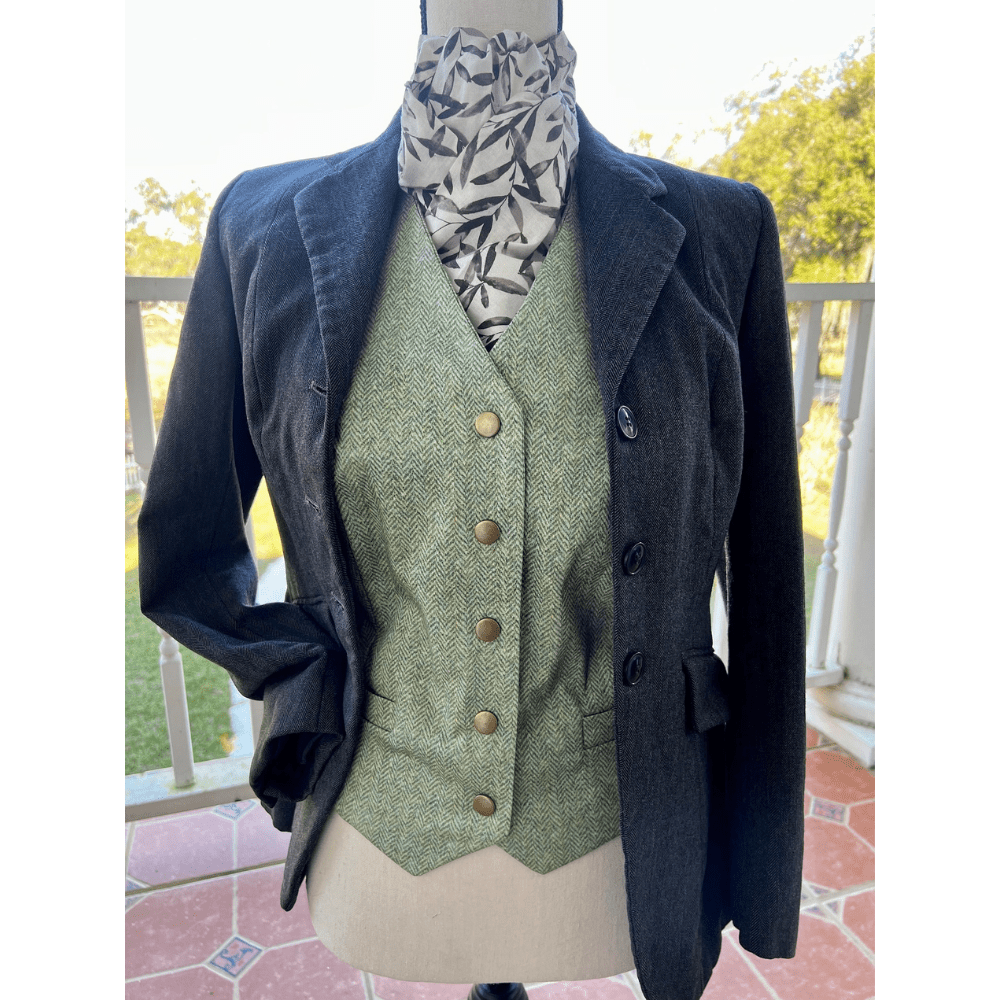
Fox hunting traces back a long way as a tradition, especially in Scotland. The story behind the custom fox hunting vest mirrors their unique culture and heritage of this sport.
From early 16th-century England and Scotland, fox hunting evolved. The cross-country underfoot hunting was engaged by hounds to hunt down the field of pursuit into the coverage. One significant element of their look would be functional; in particular, pieces such as the fox hunting vest, with a mark for status and tradition.
The custom fox hunting vest, which is referred to as the hunt vest, became advanced and was adapted to the individual. Traditional vests were produced in wool or tweed-a rather coarse material for their warmth and durability. They were made to function-in effect practical designs with an edge that allows flexibility while being protected against the elements.
With time, there was a clear definition in the design of the vest, and with respect to fox hunting, the vests had to be well-fitting and have pockets to carry essential items while out on a hunt. Over time, personalization became very important as each vest was tailored to the fit of each hunter perfectly; so they wore comfortably for extensive hours in the saddle on rides and hunting.
Traditionally, the fox hunting vest is worn over a shirt and underneath the hunting jacket. Fox hunting vests come in all kinds of colors and patterns and some fox hunting vests are real bright colors that would attract your eye in the field. These tend to be lined for extra warmth and are usually pretty sturdy so that they can stand up to what you might require from the vest while hunting.
This has only helped in keeping the vest as a testament to the heritage of the sport in modern times, where hunting practices may have changed but the vest survives as a representation of the tradition and the respects of the history of fox hunting. It is this marriage of style with function that endures so well to be appreciated by enthusiasts in the current times.
Thus, the bespoke vest is more than just an article of clothing-it's history, but a connector of man to past traditions. Its development process is caused by changes in fashion and functionality yet represents a treasured item of the fox-hunting activity.
Choose options

